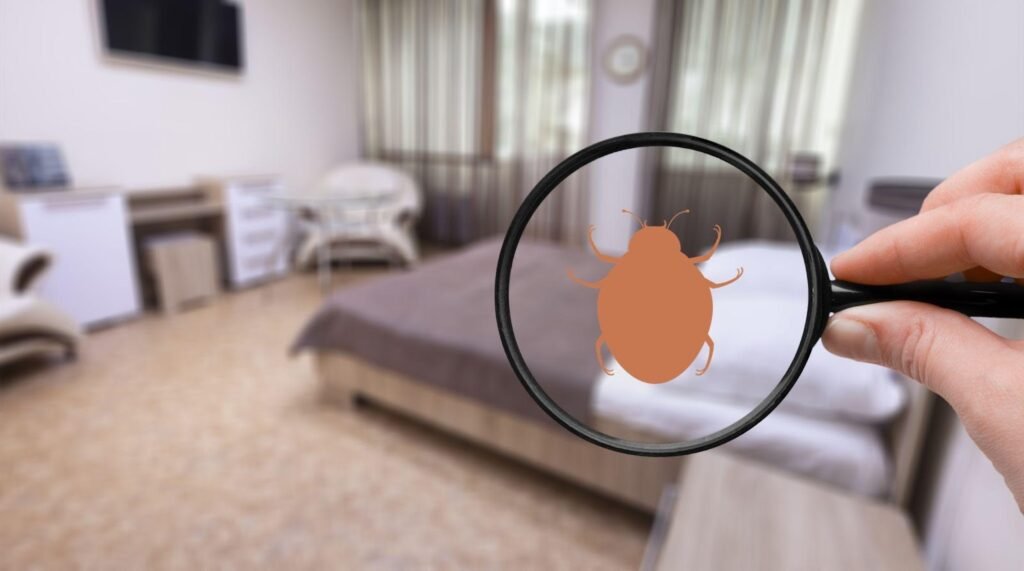Bed bugs can turn a rental into a source of stress and lost sleep. In Los Angeles, tenants face this problem in apartments, short-term rentals, and shared housing. A clear plan helps restore health and order. Many tenants search for a bed bug attorney in Los Angeles to learn about rights and next steps. This guide explains basic options in plain language. It is information, not legal advice.
Table of Contents
Identifying an infestation
Bedbugs hide in seams, headboards, and baseboards. Small bites can appear in rows on skin. Sheets may show dark specks from droppings. A sweet, stale odor can linger in heavy cases. Inspect mattresses, frames, and sofa cushions with a flashlight. Clear photos help build a record.
Notifying the landlord
Report the problem in writing. Include dates, unit number, and what you observed. Ask for licensed treatment and a timeline. Keep a copy of every message. Use email or certified mail so you have proof of notice. Do not throw away furniture without asking for guidance. Removal can spread bugs through halls and elevators. Bag small items in plastic and move them only when treatment begins.
Landlord duties and local standards
California law requires habitable housing. That means a unit free of conditions that risk health and safety. Cities and counties add local rules. In Los Angeles, many properties must follow inspection and pest control standards. A landlord who receives notice needs to act in a reasonable time. Action means inspection and professional treatment. Tenants can request the plan in writing.
Remedies tenants can explore
Several paths exist when a landlord fails to act or when treatment does not resolve the issue. Tenants may seek a rent reduction during the loss of use. Some tenants repair and deduct in limited cases, subject to strict steps. Others move out to stop harm when conditions stay unlivable. Claims may ask for the cost of property damaged by bugs, medical bills, and lost work time. The facts of the case guide the choice.
Building strong documentation
Good records support any request or claim. Keep a timeline with dates of bites, reports, inspections, and treatments. Save receipts for laundry, encasements, and travel to temporary lodging. Photograph mattresses, frames, and baseboards before and after treatment. Ask the pest company for service reports. Clear records help agencies and courts understand the scope and impact.
Working with public agencies
Los Angeles has departments that take housing complaints. Health and code officers can inspect a unit and cite serious conditions. A citation can push an owner to schedule treatment. Tenant counselors can explain local forms and deadlines. Community groups and legal aid clinics publish guides in many languages.
Preparing for treatment
Cooperation helps the process succeed. Follow the prep list from the pest company. Wash bedding and clothes on high heat. Dry on high heat and store in sealed bags. Reduce clutter so technicians can reach baseboards and frames. Use mattress and box spring encasements after treatment. Avoid store-bought foggers. Foggers scatter bugs into walls and neighboring units. Ask the company about follow-up visits, and write down dates.
When legal action may be appropriate
Some cases need formal action to resolve harm. A demand letter can outline facts and request a solution. Mediation can bring the parties to a table with a neutral guide. If a case goes to court, evidence shows notice, impact, and failure to act. Tenants may seek money for losses and for the loss of use of the home. Each case turns on its documents and witnesses. Timelines matter, so do not wait to gather proof.
Preventing future infestations
Prevention reduces risk after treatment. Inspect secondhand furniture before bringing it home. Use bed interceptors at each leg. Seal cracks in baseboards and frames. Store luggage away from beds. After travel, place clothes in a hot dryer before storage. Ask neighbors to report signs of bugs. Building-wide treatment works better than unit-by-unit plans.
Finding support
Tenants do not need to face this alone. Legal aid groups, tenant unions, and bar referral services can explain options. Many offer free clinics and phone lines. Community health centers can share guidance on cleaning and bite care. City libraries often host workshops on renter rights. A short call can save time and prevent mistakes. Support helps tenants act with confidence.
Closing thoughts
A calm, organized response helps tenants face this problem. Start with a careful inspection, then give written notice and keep records. Cooperate with treatment and follow the prep list. If the problem continues, explore remedies and speak with a trusted adviser. Clear steps protect health, time, and the quiet use of a home in Los Angeles. Keep copies of everything.

